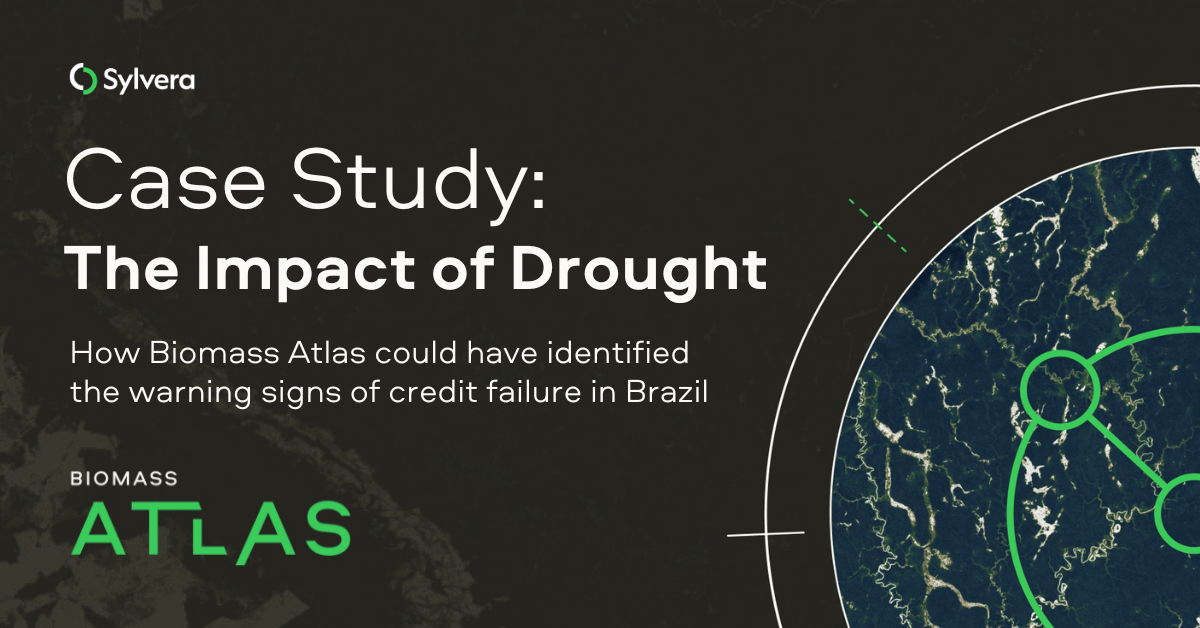“Over the years we’ve invested significantly in our field data team - focusing on producing trusted ratings. While this ensures the accuracy of our Ratings, it doesn’t allow the scale across the thousands of projects that buyers are considering.”
For more information on carbon credit procurement trends, read our "Key Takeaways for 2025" article. We share five, data-backed tips to improve your procurement strategy.

One more thing: Connect to Supply customers also get access to the rest of Sylvera's tools. That means you can easily see project ratings and evaluate an individual project's strengths, procure quality carbon credits, and even monitor project activity (particularly if you’ve invested at the pre-issuance stage.)
Book a free demo of Sylvera to see our platform's procurement and reporting features in action.
In 2001, the Greenhouse Gas Protocol published its “Corporate Accounting and Reporting Standard”, providing a framework for measuring and managing emissions for both private and public sectors.
The framework categorizes greenhouse gas emissions into three distinct categories: Scope 1, Scope 2, and Scope 3. By dividing emissions into three categories, companies can better track emissions and help limit global temperature increases to below 1.5°C, which is the goal of the Paris Agreement.
Measuring and tracking carbon emissions is the first step to making a positive climate impact. It's also the basis of every organization's net zero journey. To take this step, leadership needs to look at the entire value chain to manage their company's greenhouse gas emissions effectively. The Scope 1, 2, and 3 emission framework pinpoints emissions sources, simplifying this task.

Scope 1: Direct Emissions
Scope 1 refers to “direct” greenhouse gas emissions a business makes via its own activities. This includes direct emissions from a company's owned or controlled assets.
Examples include emissions from running machinery to make products, driving vehicles owned by the company, or heating buildings and powering computers.
Scope 2: Indirect Emissions
Scope 2 refers to “indirect” greenhouse gas emissions created by the production of the energy that an organization buys. For instance, emissions from the electricity generated for business facilities.
Installing solar panels or sourcing renewable energy rather than using electricity generated by fossil fuels would cut a company's Scope 2 emissions.
Scope 3: Value Chain Emissions
These are also indirect emissions, meaning those not produced by the business itself, created by actors in every company's value chain.
Scope 3 covers emissions produced by:
- Suppliers (i.e. those supplying products or services to the company). These may be referred to as upstream emissions.
- Customers (i.e. those who buy and use the products/services sold by the company). These may be referred to as downstream emissions.
Scope 3 emissions are the most difficult to measure but also "nearly always the big one." In fact, upstream and downstream emissions often account for more than 70% of a business's carbon footprint.
While it is straightforward for a business to control its Scope 1 and Scope 2 emissions by adopting more efficient processes, using renewable energy, or switching to electric vehicles, for example, it's harder to reduce emissions in the Scope 3 category.
One of the goals of setting Scope 3 emissions targets is to encourage businesses to consider emissions when choosing suppliers. When companies require the whole supply chain to reduce emissions, it creates a positive flywheel where everyone is incentivized to operate more sustainably.
The importance of tracking Scope 1, 2, and 3 emissions
It takes time, money, and effort to track scope 1, scope 2, and scope 3 emissions. Why bother? Doing so has multiple benefits—not least of which is shrinking your company's carbon footprint.
Improves credibility
Supplying environmental data is a great way to show that your business is committed to reducing its GHG emissions, and allows consumers and shareholders to track your progress and hold you accountable.
Strengthens investor confidence
In 2022, a group of investors, who manage over $130 trillion in assets and have become increasingly aware of the risks associated with climate change, wrote to more than 10,000 companies calling on them to supply environmental data to the CDP. This came as money managers demanded better information on climate change, biodiversity, and water security to help them analyze the performance of company boards. Put simply, investors want access to emission inventory data.
Ensures risk mitigation
Teaching leaders to measure scope 1, 2 and 3 emissions is crucial for addressing resource exposure, energy, and climate risk. Understanding the impact of these factors can help organizations make informed decisions and take action toward a sustainable future.
Helps with compliance
In addition, emissions tracking will be mandatory for all industries in the near future. At the end of 2023, California's state legislature passed the Climate Corporate Data Accountability Act, which will require public and private companies with more than $1bn in annual revenues that conduct business in the state to disclose emissions—including scope 1, 2, and 3. "Beginning in 2027, companies would need to report so-called scope 3 carbon emissions, which are associated with a company's suppliers and customers.” Other jurisdictions around the world will follow suit. Getting ahead of these new regulations will be vital to an organization's bottom line.
Track carbon emissions, fight climate change
Managing greenhouse gas emissions is difficult. The Scope 1, 2, & 3 emissions framework makes the task easier, while providing a clear path towards net-zero goals.
Sylvera can help in this area too. Our platform is a trusted source of carbon data, enabling organizations to invest in real climate action via an extensive Project Catalog and independent Ratings, as well as a way to procure high-value carbon credits and monitor performance. Request a demo today.















